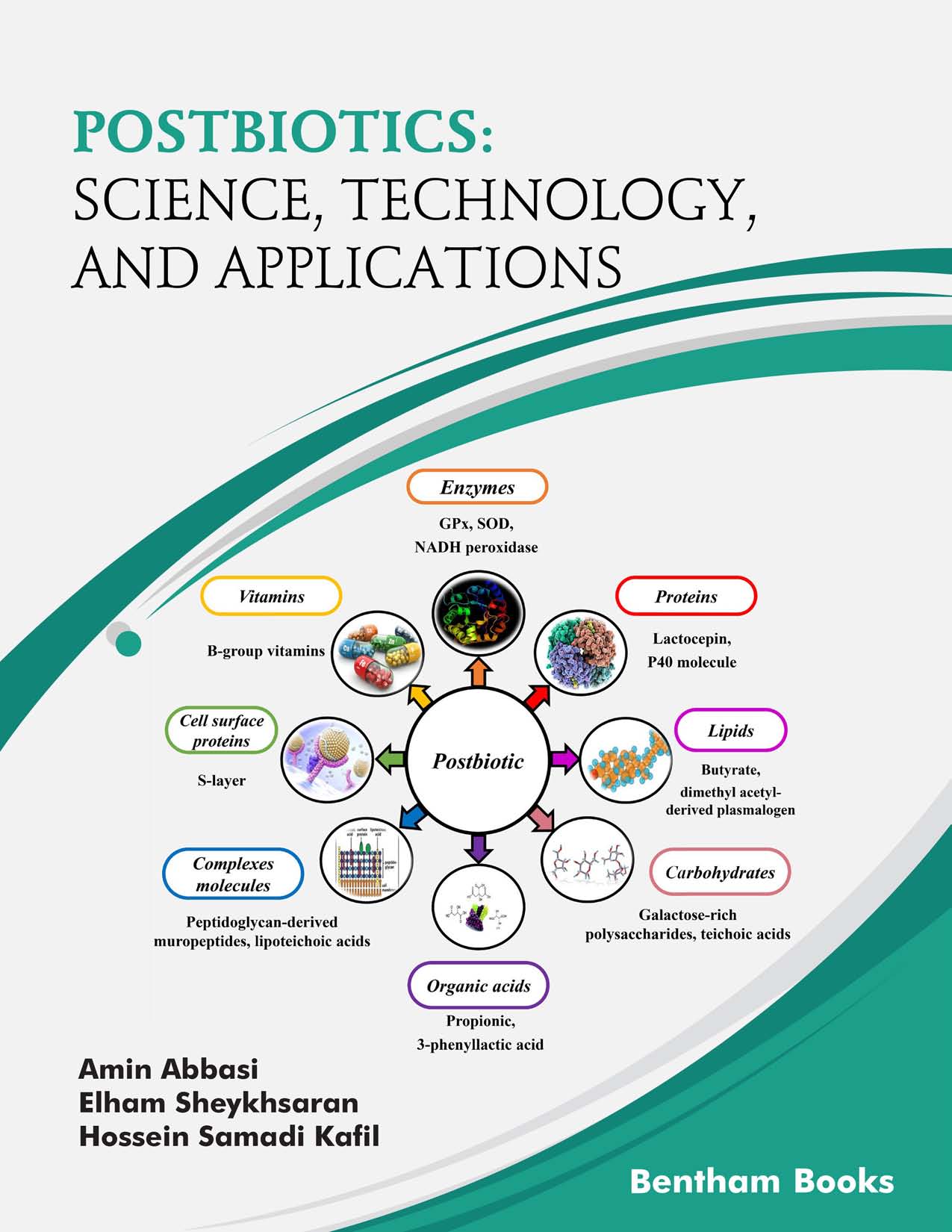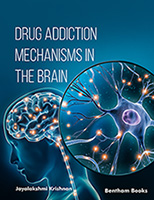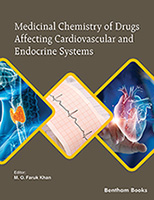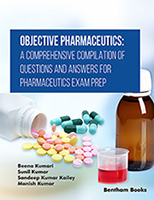Introduction
Postbiotics: Science, Technology, and Applications explains fundamental and applied knowledge about postbiotics. Chapters cover the definition and classification of postbiotics, principal methods for preparing them, information about the main postbiotic constituents and their biological activities and their clinical health benefits. The authors also familiarize the reader with potential applications of postbiotics in the food industry, pharmaceutical chemistry, medicine, and veterinary practice. The text is supported by informative illustrations, tables, and references for further reading. This comprehensive reference, with its emphasis on both basic and applied knowledge, is useful for researchers, academics, veterinarians, and students in the field of microbiology, immunology, pharmacology, biotechnology, food science, and agriculture.





